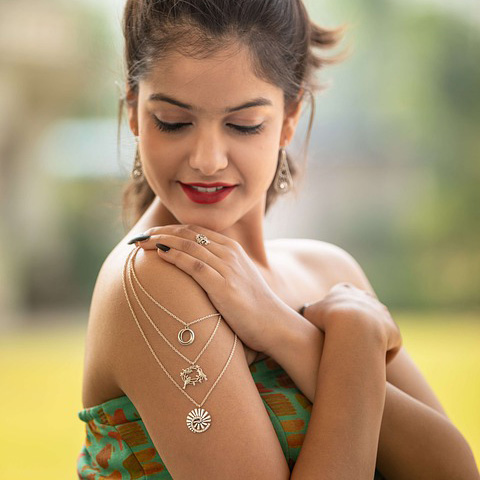An engagement ring is no small investment. In fact, besides your home and vehicle, it’s likely the largest purchase you’ll ever make. Though most people plan for such an expenditure, saving the exact amount you need is tricky. After all, if you’ve yet to find the ring of her dreams, how can you anticipate how much it may cost? Tradition tells us that to save for an engagement ring, one should put away at least three months’ salary. But as the cost of living continues to rise, this rule has become increasingly outdated, and saving can seem downright impossible for many people. So, how does one go about finding the perfect ring without a huge wad of cash in hand? Luckily, there are plenty of options for engagement ring financing that, when done wisely, can make this expense much easier to manage.
What are Your Financing Options
If you decide to finance an engagement ring, it’s best to know your options before you buy. The following are a few different routes you can explore to determine which best fits your financial needs.
Jewelry Store Financing
Nearly every major jewelry store offers in-store financing options. Many even defer interest payments for a short introductory period, giving you time to pay off the principle balance. Applying for financing from your jewelry store is generally as simple as filling out an application and waiting for a quick credit check. Should this be the option you choose, be sure you have a ring in mind before submitting your application, as to avoid too many credit inquiries. And if there’s an interest-free introductory period, be sure to pay off your balance within that window of time to avoid being hit by a high APR.
Credit Cards
Like any large purchase, you always have the option to finance an engagement ring with a credit card. Though you run the risk of facing high interest rates, there are some cards that offer up to 18 months with 0% APR. If you break that down, a $2,500 engagement ring could be paid off in less than two years, and cost less than $150 a month. Making small payments each month is often easier for folks to manage, which is why plenty of people opt for financing with a credit card. Not to mention, most credit card companies now offer rewards programs that make them even more enticing to customers.
Personal Loans
If you’re looking to avoid credit cards and the looming threat of high interest, personal loans are yet another option for financing an engagement ring. Though very similar to credit cards, personal loans tend to have fixed interest rates. You’ll receive the entire sum up front, and can pay it back over an agreed upon length of time. Be sure to know whether you’re applying for a secured or unsecured personal loan. A secured personal loan will require you to provide some sort of collateral, while an unsecured loan will examine your credit and financial history. Also, confirm whether there are any additional costs to you, like an initiation or annual fee.
Alternative Financing Options
If you’re weary about adding to your debt with a credit card or personal loan, that’s totally understandable. With a little planning and perseverance, you can still make the ring of her dreams a reality. Some alternative ways you can save up for the perfect engagement ring include:
- Analyzing your budget and finding ways to cut back your monthly spending
- Working a side job or doing freelance work to save some extra cash
- Using money from a retirement or alternate savings account
- Selling unwanted or unused items online or at a garage sale
- Borrowing cash from a close family member or friend
Should You Finance an Engagement Ring?
Still wondering whether you should finance an engagement ring? Ultimately, the decision is yours to make. Only you know the details of your personal finances, and what you can realistically manage. Do you consider yourself financially savvy, and are confident that you can quickly pay off your balance? Then there’s no reason not to take advantage of engagement ring financing! When used wisely, these financing options can work to your advantage, and relieve the pressure that accompanies purchasing an engagement ring.
Shop Engagement Rings for Every Budget at Leo’s!
If you’re wondering where you can find affordable engagement rings in San Diego, you’ve come to the perfect place! Leo Hamel Fine Jewelry & Engagement Rings Store carries an astonishing selection of new, antique, and vintage engagement rings for every style and budget! Surprise her with a one-of-a-kind antique or vintage engagement ring that she can wear as her very own piece of history. Or, if she has a trendier style, a glittering Hearts On Fire® diamond is certain to take her breath away. No matter what you’re looking for, we can help you find it here at Leo’s!
source https://www.leohamel.com/blog/index.php/2019/08/engagement-ring-financing-what-you-need-to-know/
